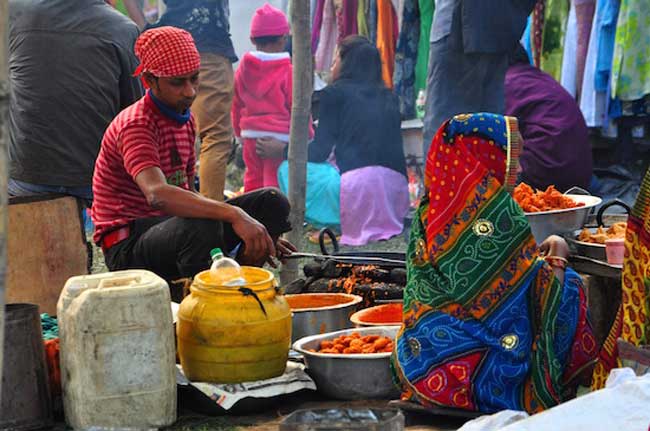
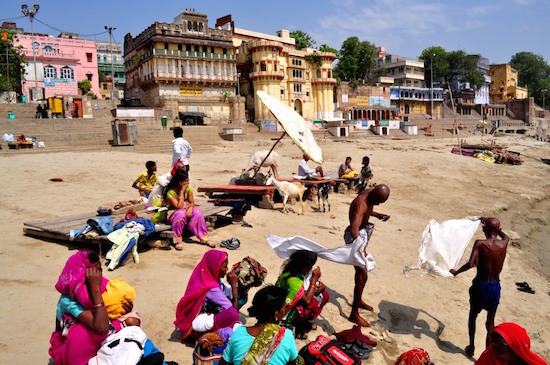
It’s the land where literate motorists don’t ‘read’ road signs, they stop to ask for directions. It’s where shopkeepers give you lozenges in lieu of change, but do not accept the same currency from you.
It is where newcomers quickly learn to dodge a speeding BMW while sidestepping cow dung on the roads. It’s where rats are for worship and humans are (sometimes) for pounding.
Welcome to the hurly-burly of India, with its quirks and foibles, its chaos and charisma, its grimness and grandeur.
For an overseas traveller, it becomes easy to overlook the fact that somewhere between the romance of Rajasthani weddings in erstwhile royal properties, the supposed tranquility of the mystic in the Himalayas, and the squalor of the Mumbai slums lies an India that goes far beyond hackneyed clichés.
So, before you rush to make your bookings to land here, know that India may not be what you expect her to be.
Cliché No.1: India Is a Certain ‘Type’
The first point of contention a self-respecting Indian has with a foreign tourist is with the latter’s misonception that we are a certain type, read: exotic, rustic, conventional.
Make no mistake. We are unapologetically all that, but we are also so much more. The deal with us is that we are chameleonic.
We can be primitive and modern, reclusive and sociable, tolerant and impulsive, superstitious and scientific, you name it.
We are heart-achingly poor, but mind-numbingly rich, too. We are utter prudes and scandalisingly sexy when we want. We are illiterate and even scholarly.
In plainspeak, shed all pre-conceived notions. Snake-charmers have long since been relegated long ago to esoteric carnivals and melas. And the elephant is not our chosen mode of transport. So there.
We might have all but monopolised the Business Process Outsourcing (BPO) industry, but not all our youngsters work with fake accents in call centres.
Yes, Mumbai makes singathon blockbusters, but it also makes serious meaningful cinema. Deserts don’t necessarily translate into tribal-sightings and all tribals are not semi-clad.
In other words, look for more than what you have heard about. Don’t expect anything but the time of your life while here.
Cliche No.2: India, the Nirvana Land
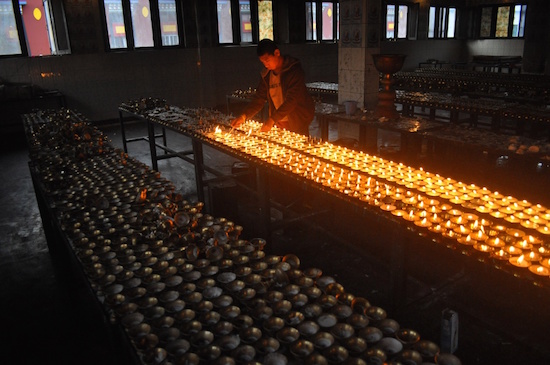
India’s fabled association with nirvana is the top draw for the overseas traveller. Salvation, unfortunately, is not a device that works on auto-pilot. Ask the billion inhabiting the huge mass that is still on the hunt for moksha.
Moral of the story: Abandon that search. Don’t go to Varanasi, Mathura or Haridwar solely on an active lookout for soul-cleansing or mystical musings.
No ash-smeared, chillum-toting Hindu sadhu will be able to decipher the meaning of life for you in three months if a lifelong quest hasn’t.
Instead, experience the inner churnings in the quiet of a desolate resort deep in the jungles of Corbett or Dudhwa.
Feel a communion with your soul in the Buddhist monasteries of Himachal Pradesh as you soak in the smell of butter lamps.
Or in the bylanes of Shantiniketan where strains of Rabindrasangeet seemingly linger in the air.
Find simplicity in the orange flowers adorning the plaits of girls in Chennai or in the voice of the Baul singers of Bengal.
Simply put, find a connection with the everyday ordinariness of this ancient land lush with heritage and history. You don’t need either a saffron-clad saintly yogi or a yoga guru replicating the pretzel on your mission.
What you definitely must bring is curiosity. The Maha Kumbh and hatha yoga are not all we can boast of, you know.
Cliche No.3: Indian Food = Delhi Belly

While you were looking the other way, we travelled light years away from the days of yore when all that India seemingly offered for sustenance was hot and indescribably spicy.
Now, apart from the ubiquitous McDonalds, Pizza Huts, Costa Coffees (and, oh mother of god, even Star Bucks), we have eateries that provide Indian food the way it’s served at home – simple, oil-free, delicious.
Roadside stalls will customise your food to keep it authentic yet chilly-controlled. Street food is not necessarily peddled near a reeking drain.
Most of us in urban India have water purifiers or buy treated water for consumption; either ways the water is germ-free. That leaves you, the traveller, Delhi Belly-free.
By the way, we also serve wine (hallelujah!). Red, white, sparkling, hi-end, lowbrow, take your pick. Indulge. If you ask us though, there’s nothing quite as refreshing as buttermilk.
Cliché No.4: India is the Taj
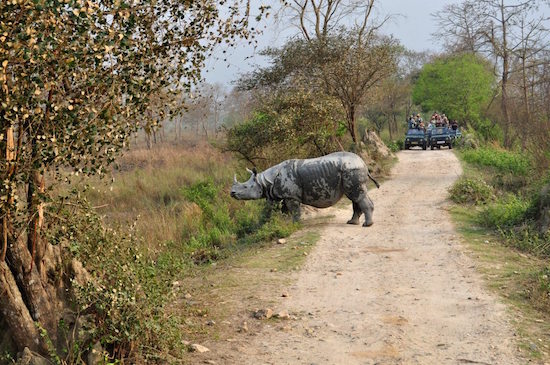
Photo by Mukul Satya Gupta
Ever heard of the Masroor rock-cut temple or the Kohima war cemetery? The Gue Mummy or Raja Hari Singh’s palace? That’s the problem.
For a long time PR firms have blatantly plugged the Taj Mahal, and foreigners have willy nilly succumbed to its charms. Whether or not it is, as author Salman Rushdie said, “the loveliest of things” or “a poverty of imagination”.
Writer Aldous Huxley said — this ode to love is not the one-pony trick India seems to possess in foreign perception.
Churn your mind. Look above and beyond the horizon where trite-meets-customary (Goa, Rajasthan, Jaipur, Agra et al), and you’ll witness a spectacular rainbow of architecture, history, heritage.
Like Ladakh for its stunning Hemis monastery and Gujarat for the awe-inspiring Rann; Lucknow for its incredible Bhool Bhulaiya and Nagaland for the Hornbill festival. Instead of being a lazy tourist, turn adventurous and get to where no friend of yours has gone before.
No, we aren’t for a moment suggesting you forego the Taj, just keep your eyes and your mind open to new experiences!
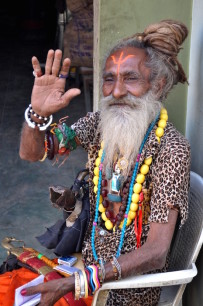
Photo by Mukul Satya Gupta
It is said a traveller sees what he sees, a tourist sees what he has come to see. When in India become a traveller, please.
And while you are at it, pack two things in your kit to enjoy the guaranteed twists and turns. 1.) Turn on your sensory filters.
Learn to see and yet not see certain things; hear and yet not the sounds you detest; smell the foul but also learn to obliterate it.
In short, use your abilities selectively. And 2.) Refuse to get intimidated by the gigantic beast. Only then can you do any justice to it.
If you are ready, India welcomes you with open arms.
Author bio: Shilpa Gupta (formerly Rohatgi) is a confused freelance travel writer who, in some state of clarity in a previous lifetime, had worked as a journalist with some of India’s top publications including India Today and The Indian Express. As the deputy editor of Marie Claire India, she had written on a range of subjects, some rather controversial, like polyandry, drug abuse among Indian women, and Jain sadhvis (nuns). READ MORE
Where to Stay
Book a Luxury Hotel Stay in India with Oberoi Hotels
[mappress mapid=”881″]
- Exploring the Culture and History in Fascinating Astana, Kazakhstan - July 24, 2024
- Breakers & Beyond: Top 10 Things To Do in Newport, Rhode Island - July 23, 2024
- Laid-Back Lombok: Coconut, Coffee and Coral Reefs - July 22, 2024
